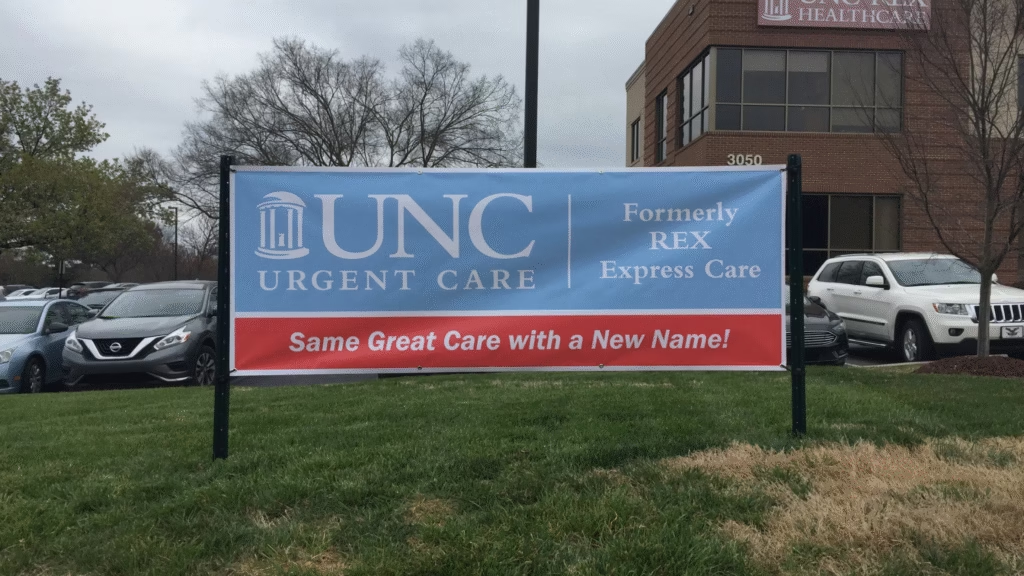Pros, Cons, and Use Cases for Each

When it comes to choosing signage for your business, event, or property, one of the first decisions is whether you need temporary or permanent signage. Both types serve unique purposes and come with their own sets of benefits and limitations. Understanding the differences between them is key to making the right investment for your needs.
We’ll break down the pros and cons of each, along with common use cases to help you make the best choice.
Temporary Signage
What It Is:
Temporary signage is designed for short-term use. These signs are often made from lightweight, cost-effective materials such as vinyl banners or foam board. They’re easy to install, remove, and replace.
Pros:
- Cost-Effective: Lower upfront cost makes temporary signage ideal for short campaigns or events.
- Flexible: Easy to change, update, or replace as needed.
- Quick Turnaround: Faster to produce and install compared to permanent signs.
- Portable: Great for mobile businesses or events that move from place to place.
Cons:
- Less Durable: Not designed to withstand long-term exposure to weather or wear.
- Limited Lifespan: Materials may fade, warp, or degrade over time.
- Basic Aesthetics: Typically not as polished or high-end in appearance as permanent signage.
Common Use Cases:
- Event signs (weddings, festivals, conferences)
- Real estate and yard signs
- Seasonal promotions or sales
- Construction site notices
- Temporary directional signage
Permanent Signage
What It Is:
Permanent signage is built to last. These signs are made from durable materials like aluminum, acrylic, or metal and are often custom-fabricated to align with your brand and architecture.
Pros:
- Durability: Built to withstand weather, time, and wear.
- Brand Reinforcement: High-quality materials and design elevate your business image.
- Low Maintenance: Once installed, permanent signs usually require minimal upkeep.
- Compliance: Often necessary for ADA compliance, zoning regulations, or wayfinding in public spaces.
Cons:
- Higher Initial Investment: Permanent signs cost more upfront due to materials and installation.
- Longer Lead Time: Custom fabrication takes more time.
- Less Flexibility: Not easily changed or relocated once installed.
Common Use Cases:
- Building and storefront signage
- Lobby and reception area signs
- Monument or pylon signs
- Office suite identification
- Wayfinding in large facilities (hospitals, campuses, malls)
How to Choose? Here’s a few key questions:
- How long do I need this sign to last?
- Is this for a one-time event or ongoing business use?
- Will the sign be indoors or outdoors?
- What is my budget?
- How important is brand consistency and professional appearance?
If you’re unsure, a combination of both can often be the best strategy. For example, use temporary signs to promote a grand opening or seasonal sale while relying on permanent signage for your building and branding.
Need Help Deciding?
At SignCraft Solutions, we specialize in both temporary and permanent signage solutions. Whether you’re launching a short-term campaign or looking to install a statement piece that lasts for years, our team is here to help you make the right choice.

